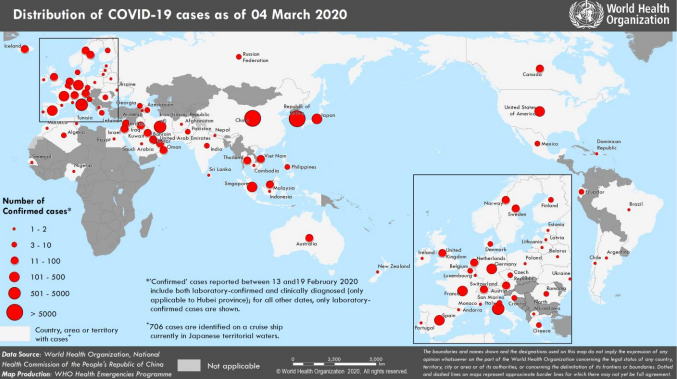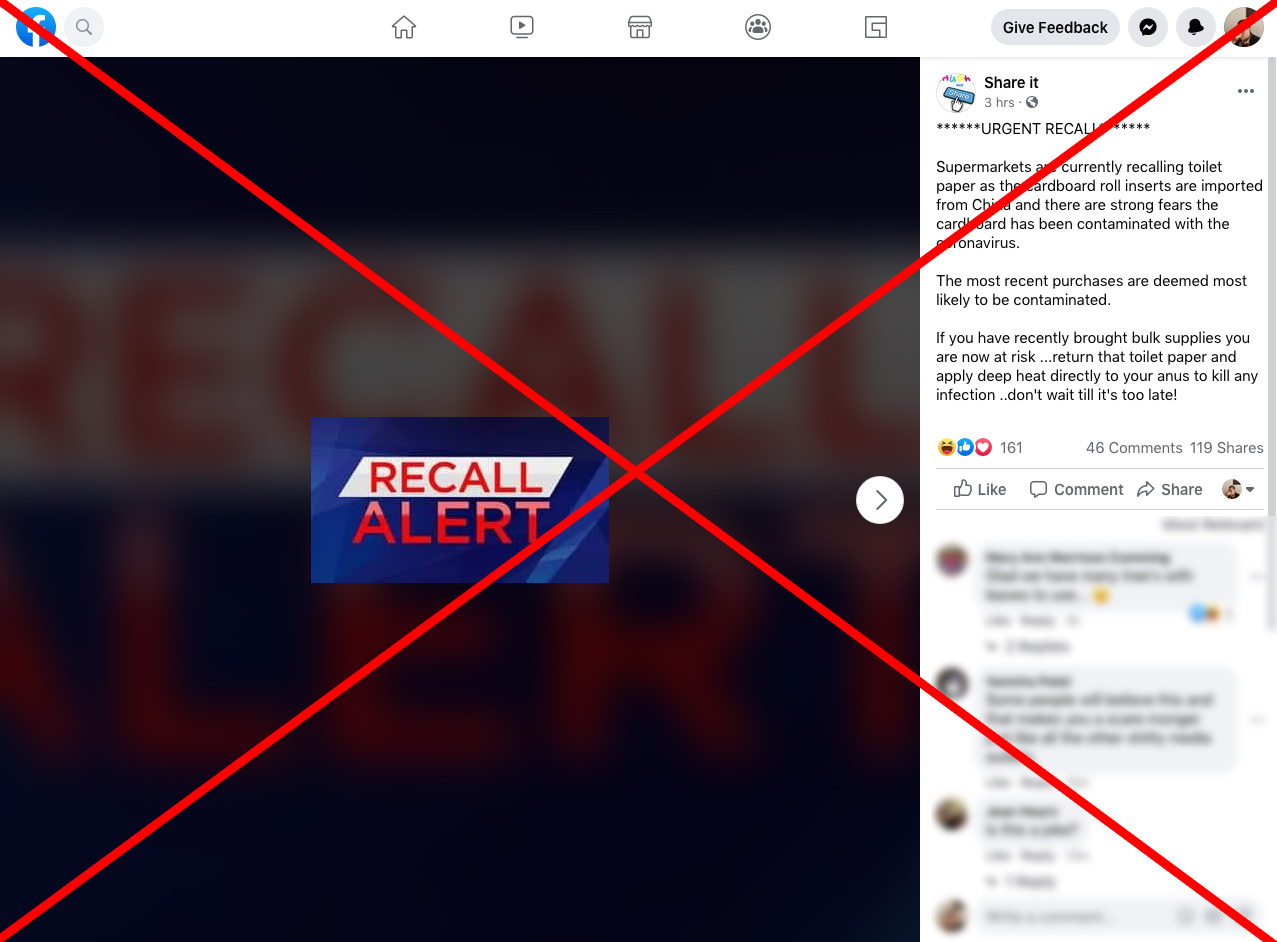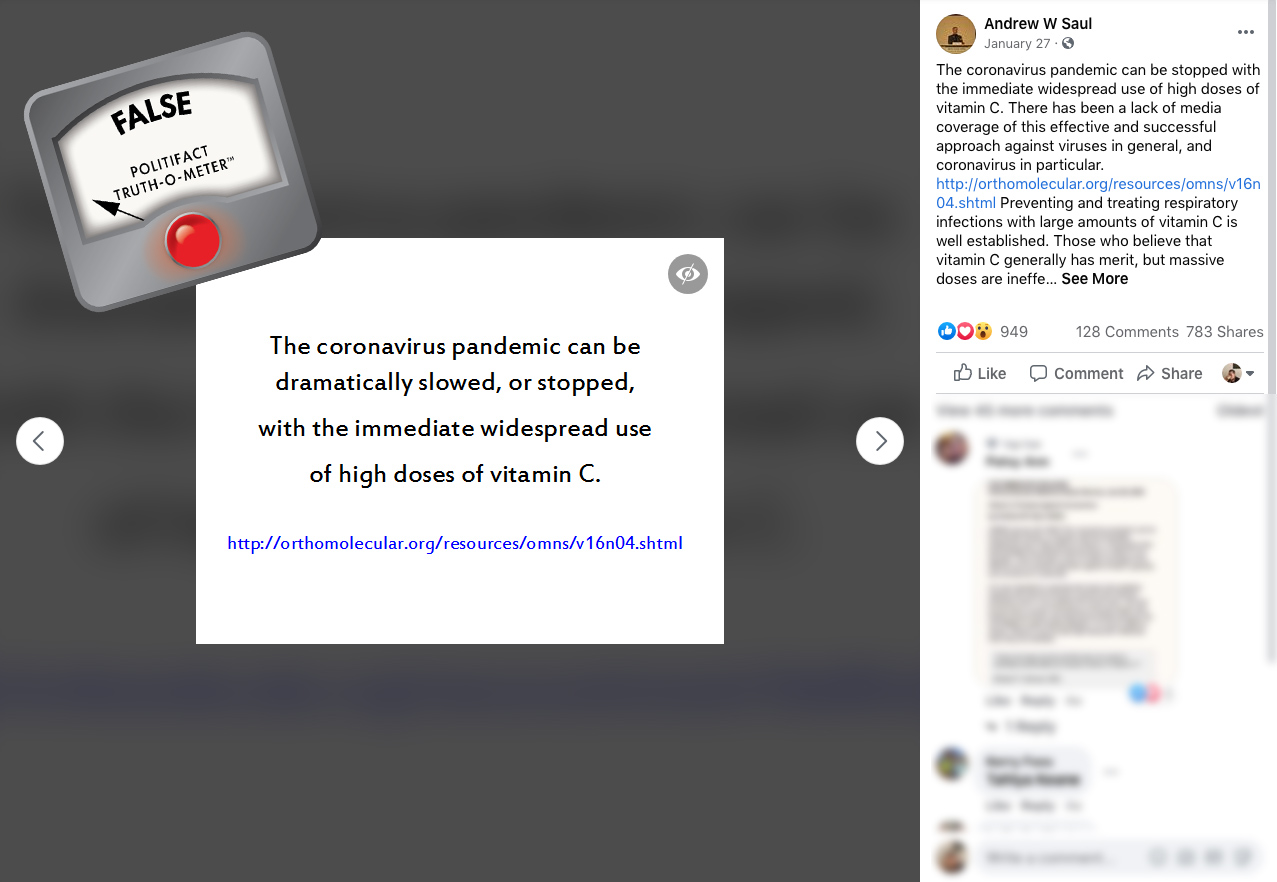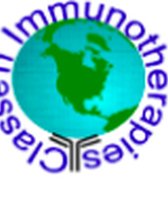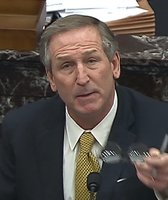Get PolitiFact in your inbox.

A worker at the Life Care Center in Kirkland, Wash., near Seattle, wears a mask as she leaves the building on March 2, 2020. (AP)
If Your Time is short
-
Older people and those with preexisting health conditions are more at risk of developing complications from the coronavirus.
-
For the American public, the immediate risk of coronavirus remains relatively low.
-
The best ways to prevent the spread of the virus are to wash your hands, avoid touching your face, covering your sneezes and coughs, and disinfecting your home.
Despite what you see on social media, oddball remedies — like bleach, cocaine or vitamin C — won’t prevent coronavirus. But hand sanitizer does kill the virus.
Leave the falsehoods online. We want to arm you with facts to prevent the spread of the illness.
Since its outbreak in Wuhan, China, in December, the virus officially known as COVID-19 has spread rapidly. As of March 4, more than 93,000 people in 76 countries have been infected. A recent outbreak in the United States has resulted in 11 deaths, all but one in Washington state.
Online, misinformation about how to prevent the coronavirus — and who is most at risk — has gone similarly viral. So PolitiFact created an updated reader’s guide to myths and official guidance on the 2019 coronavirus (see our Jan. 31 guide here).
Have a question about COVID-19 that we haven’t answered yet? Send it to [email protected].
Who’s most at risk
Generally speaking, older people and those with preexisting health conditions are more at risk of developing complications from the coronavirus.
A study of 44,672 confirmed cases of the virus from the Chinese Center for Disease Control and Prevention found that 86.6% of patients were 30-79 years old. Men were slightly more likely than women to fall ill, according to the study. Pregnant women and immunocompromised people also may be more at risk.
For reasons that scientists are still studying, children and teenagers are less likely to contract the coronavirus. That may be because they are typically exposed to more coronaviruses, such as those that cause the common cold, at school, which could help build up their immunity.
(Screenshot from the WHO)
How bad is the coronavirus once patients get it? It appears to depend on age and health.
The Chinese CDC study found about 80% of the cases were mild, but the virus had a fatality rate of 2.3%. For comparison, the fatality rate of this year’s strain of the flu is estimated to be between 0.05% and 0.1% in the United States.
Those most likely to die from the coronavirus virus were older than 60 and/or had preexisting medical conditions, like hypertension, cardiovascular disease and diabetes. Men were also more likely than women to die, according to the Chinese CDC.
In a news conference March 3, the World Health Organization said the fatality rate for the 2019 coronavirus is closer to 3.4%. That figure does not include mild cases of the virus that do not require medical attention, and it’s skewed by China, where the vast majority of deaths have occurred.
For the American public, the immediate risk of coronavirus remains relatively low.
"The potential public health threat posed by COVID-19 is very high, to the United States and globally," the CDC says in its risk assessment. "At this time, however, most people in the United States will have little immediate risk of exposure to this virus. This virus is NOT currently spreading widely in the United States."
How to protect yourself
Public health officials say the 2019 coronavirus seems to be spreading through respiratory droplets (think coughs and sneezes). With that in mind, there are a few ways to limit your chances of contracting the virus.
First: Wash your hands.
On its list of ways to prevent coronavirus infection, the CDC says to "wash your hands often with soap and water for at least 20 seconds, especially after going to the bathroom; before eating; and after blowing your nose, coughing, or sneezing."
If soap and water are not accessible, use hand sanitizer. Some social media users have claimed it isn’t effective against the coronavirus, but that’s False — officials recommend using sanitizers that contain at least 60% alcohol.
RELATED: All fact-checks for Coronavirus
Second: Avoid touching your eyes, nose and mouth.
When someone with the coronavirus coughs or sneezes, their respiratory droplets land on surfaces around them. The germs then infect other people who touch those surfaces and then touch their eyes, nose and mouth. So the CDC advises people against touching their face as much as possible — especially with unwashed hands.
Finally: Cover your coughs and sneezes with tissues, and frequently disinfect your home.
Since respiratory droplets appear to be the primary way the coronavirus is spreading, it’s important to cover up. The CDC recommends using tissues, and then throwing them away as soon as possible.
Cleaning the surfaces in your home or workplace can also prevent the spread of coronavirus. Companies like Lysol and Clorox have said some of their products have proven effective against coronaviruses similar to COVID-19.
RELATED: For the latest on the coronavirus, sign up for our weekly newsletter
Other tips for preventing the spread of the virus are somewhat obvious, such as avoiding people who are sick and staying home when you are. But what about wearing face masks?
After the coronavirus outbreak in Wuhan, surgical masks started selling out in East Asia. However, according to the WHO, only people who are infected with the coronavirus or caring for someone who is need to wear a mask.
And if you do end up buying a surgical mask for protection, don’t turn to Facebook for advice — there are myths circulating about how to wear them. The colored part of face masks, not the white part, should always be worn on the outside to prevent infection.
Myths about prevention and spread
As researchers scramble to learn more about the 2019 coronavirus, several popular hoaxes on social media have fabricated information about it — including how the virus spreads and what people can do about it.
One warning posted on Facebook on March 4 claims the coronavirus could be spreading through the cardboard inserts in toilet paper.
"Supermarkets are currently recalling toilet paper as the cardboard roll inserts are imported from China and there are strong fears the cardboard has been contaminated with the coronavirus," the post reads.
(Screenshot from Facebook)
A similar post published Feb. 26 claimed the coronavirus could be spreading through hair extensions imported from China. But we could find no evidence to support either assertion.
U.S. Customs and Border Protection is tasked with screening imports for hazardous substances. It works with agencies like the Centers for Disease Control and Prevention and the Food and Drug Administration to prevent the importation of diseases.
The FDA has announced alternative steps to screen products imported from China. The agency said there’s no evidence that the coronavirus can spread through imports.
Other social media posts have fabricated bogus cures or prevention methods for the coronavirus.
One popular (and dangerous) tweet posted Jan. 28 encouraged people to drink a bleaching agent to ward off the virus. The product has been promoted by anti-vaxxers and QAnon conspiracy theorists as a "miracle cure" that can treat everything from autism to cancer.
We rated the tweet Pants on Fire! — there is no scientific evidence that drinking bleach will help cure or prevent disease. In fact, it could be tremendously hazardous: The FDA has repeatedly published warnings about it.
Even more harmless social media posts about coronavirus cures, such as those that tout the benefits of vitamin C and shaving beards, have spread false information.
(Screenshot from Facebook)
There’s no evidence high doses of vitamin C have any effect on the 2019 coronavirus; there are currently no vaccines or medicines recommended to treat it. And while facial hair could interfere with respirator masks, the CDC has not recommended people shave their beards to ward off the virus.
Finally, despite what a popular YouTube video claimed, Muslims are not immune to the 2019 coronavirus. As of now, it appears that all humans are susceptible to the virus.
For more coronavirus prevention hoaxes, check out the WHO’s myth-busting page.
Now more than ever, it’s important to sort fact from fiction. Please donate to support our mission. Membership.politifact.com
Our Sources
CBS News, "U.S. races to ramp up coronavirus response as 11th death confirmed," March 5, 2020
Centers for Disease Control and Prevention, Coronavirus Disease 2019 (COVID-19) Situation Summary, March 3, 2020
Centers for Disease Control and Prevention, How COVID-19 Spreads, accessed March 3, 2020
Centers for Disease Control and Prevention, Interim Guidance for Implementing Home Care of People Not Requiring Hospitalization for 2019 Novel Coronavirus (2019-nCoV), accessed March 4, 2020
Centers for Disease Control and Prevention, Prevention & Treatment, accessed March 3, 2020
Centers for Disease Control and Prevention, 2019-2020 U.S. Flu Season: Preliminary Burden Estimates, accessed March 5, 2020
Chinese Center for Disease Control and Prevention, "Vital Surveillances: The Epidemiological Characteristics of an Outbreak of 2019 Novel Coronavirus Diseases (COVID-19) — China, 2020"
CNN, "The US coronavirus death toll is rising and the CDC says communities should start thinking about ways to stop its spread," March 4, 2020
Facebook post, March 4, 2020
Los Angeles Times, "Maxi pads, half an orange: Asia’s scramble for surgical masks springs creative solutions," Feb. 7, 2020
NBC News, "'We simply do not understand why': Coronavirus is sparing children, puzzling experts," March 3, 2020
The New York Times, "Coronavirus Live Updates: W.H.O. Says Covid-19 Has Higher Fatality Rate Than the Flu," March 4, 2020
PolitiFact, "A reader’s guide to misinformation about the coronavirus," Jan. 31, 2020
PolitiFact, "Clorox bottles don’t prove the coronavirus was 'developed' before the outbreak," Jan. 30, 2020
PolitiFact, "Cocaine not shown to treat novel coronavirus," Feb. 11, 2020
PolitiFact, "Hair extensions aren’t a source of the 2019 coronavirus," Feb. 29, 2020
PolitiFact, "Hand sanitizer can be used to prevent coronavirus infection," March 3, 2020
PolitiFact, "Marijuana not shown to treat 2019 novel coronavirus," Feb. 17, 2020
PolitiFact, "Medical masks should be worn with the colored side out," Feb. 14, 2020
PolitiFact, "No, a Lysol label doesn’t prove the coronavirus isn’t new," Feb. 5, 2020
PolitiFact, "No, the CDC isn’t recommending men shave their beards to protect against the coronavirus," Feb. 27, 2020
PolitiFact, "No, millions of Chinese didn’t convert to Islam seeking coronavirus immunity," Feb. 25, 2020
PolitiFact, "No, vitamin C cannot slow or stop the spread of the coronavirus," Feb. 27, 2020
Stat, "Who is getting sick, and how sick? A breakdown of coronavirus risk by demographic factors," March 3, 2020
U.S. Customs and Border Protection, Cargo Examination, accessed March 4, 2020
U.S. Food and Drug Administration, "Coronavirus Update: FDA steps to ensure quality of foreign products," Feb. 24, 2020
U.S. Food and Drug Administration, "Danger: Don’t Drink Miracle Mineral Solution or Similar Products," Aug. 12, 2019
World Health Organization, Coronavirus disease (COVID-19) advice for the public: Myth busters, accessed March 4, 2020
World Health Organization, Coronavirus disease 2019 (COVID-19) Situation Report – 44, March 4, 2020
World Health Organization, Report of the WHO-China Joint Mission on Coronavirus Disease 2019 (COVID-19), Feb. 16-24, 2020
World Health Organization, Coronavirus disease (COVID-19) advice for the public: When and how to use masks, accessed March 4, 2020

